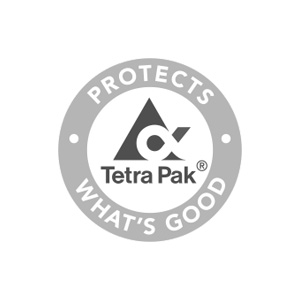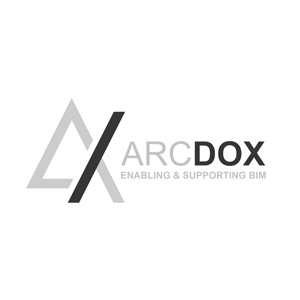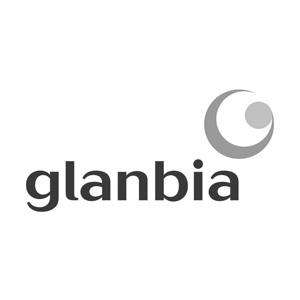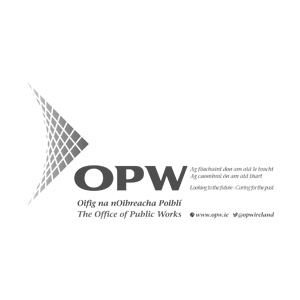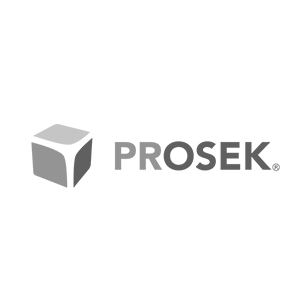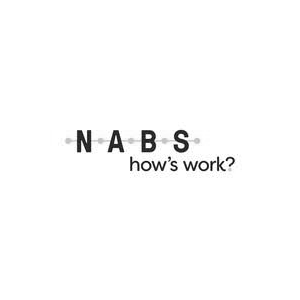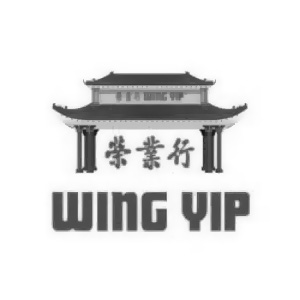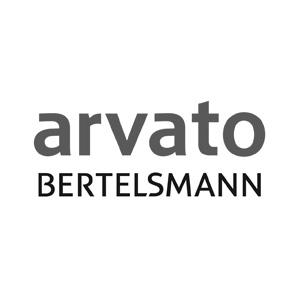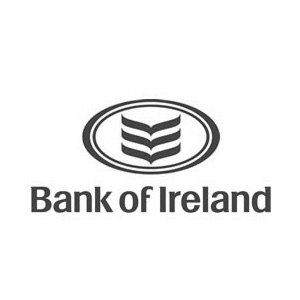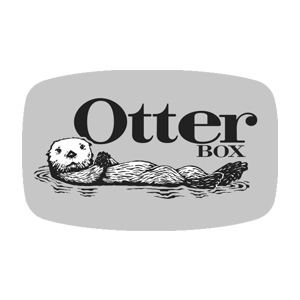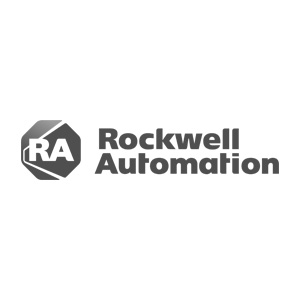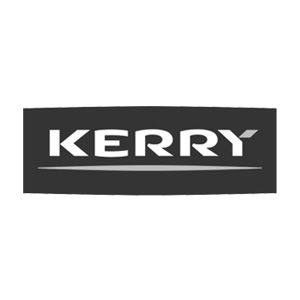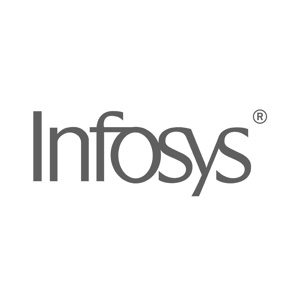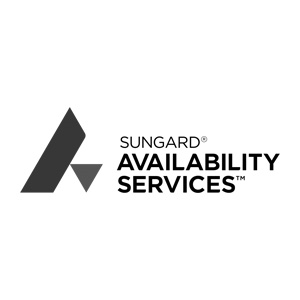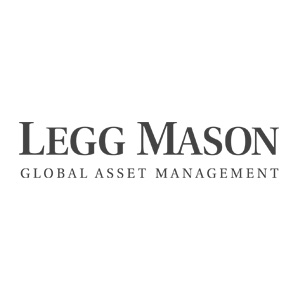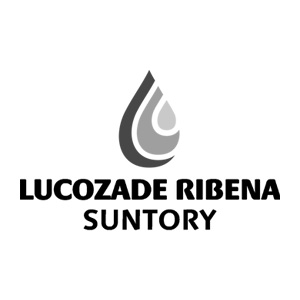12.05.2016
Designing spaces for how we work today…

“How do you create a workplace that not only reflects a brand but also enhances the performance of employees.”
Today’s corporate workforce is made up of knowledge workers, whose capacity for creative thinking, problem solving, and analysis is critical to an organization. At the same time, organizations are flatter, yet more complex, operating with more demands and fewer resources. Employees are multi-tasking and working longer hours.
A fit out or refurbishement is an opportunity to create a place that not only reflects your brand and ethos but also directly enhances the output and performance of your employees. Using the best ideas of traditional office design as well as more creative office concepts to provide a variety of options, places, and configurations employees can use as they see fit promotes flexibility in the workplace but also in the mind. Think about the flow of the building in terms of work activity and then designate space accordingly: co-working, collaboration, concentration, social, private, and in-between spaces.
Co-working space
Community tables instead of permanent desks. Employees claim a spot when they arrive and toggle between light chatter with colleagues and working on their laptops.

As a bonus, the convenience of sitting in close proximity to so many colleagues often means emails are ditched in favour of faster, more productive conversations.
Collaboration space
Most organisations value collaboration but give little thought to how space design actually helps or hinders this sought-after dynamic. In theory, open space like our community tables could serve as a place to collaborate; unfortunately, if there is too much talking in the designated co-working space, earbuds become standard equipment for anyone not participating in a meeting that needs to work.

A study conducted by PWC in 2013 found that 64 percent of millennials want to work from home. Unfortunately, collaboration is contingent on having employees present. So why not design collaboration spaces with furniture and accessories reminiscent of spaces we’d design for our homes (or better yet, our favourite coffee bars and hotel lobbies) in an effort to lure them from home and remote locations.
Concentration space
Mihaly Csikszentmihalyi’s research on flow highlights the importance (and difficulty) of accessing the portion of the brain that houses focus, executive function, reason, and higher thinking for knowledge workers.

One key requirement to get into this state of mind is to remove distraction. Many organisations have built huddle rooms as a refuge from distraction for work that requires flow.
Social space
One of the key drivers of engagement as measured by Gallup’s Employee Engagement Survey is whether or not an employee has a best friend at work. The right space design can facilitate social encounters that give rise to these critical friendships. Design space around the existing social habits of teams.


Frontier employees love their coffee and don’t mind cracking open a beer near the end of the day. Large, open plan kitchens that encourages and invites employees to stay and socialize instead of going off-site for food and drink.
Flexible space
Collaboration and coworking are great, but there are both personal and business-related discussions that require discretion or just some measure of privacy.

Flexible panels that provide ad-hoc rooms allows employees a measure of privacy without the need to book an entire conference or huddle room, depriving multiple people of meeting space during that time.
The In-between space
In-between spaces can be designed to facilitate these bump-ins. Purposely spacing work areas at distances so employees have to pass through certain corridors can help.

 w
w
Making the corridors functional and interesting can also be transformative. At Infosys Citywest, we’ve created day storage where people keep and retrieve their space at the beginning and end of the day.
Lockers in a space separate from the workplace. Arty photo exhibits and murals for added visual pops and intrigue.
The flexible workspace is stylish and hip, the intentional design goes beyond form and actually facilitates function. By borrowing from the best aspects throughout the evolution of workspace design — from the days of our father’s work to the days of cubicles — IIS Space create spaces that supports the needs of a changing workforce.






